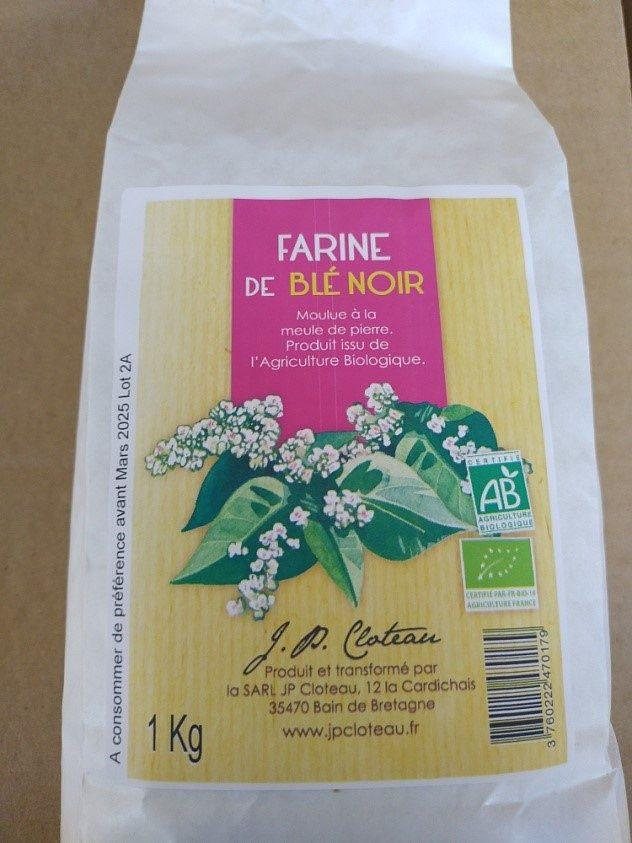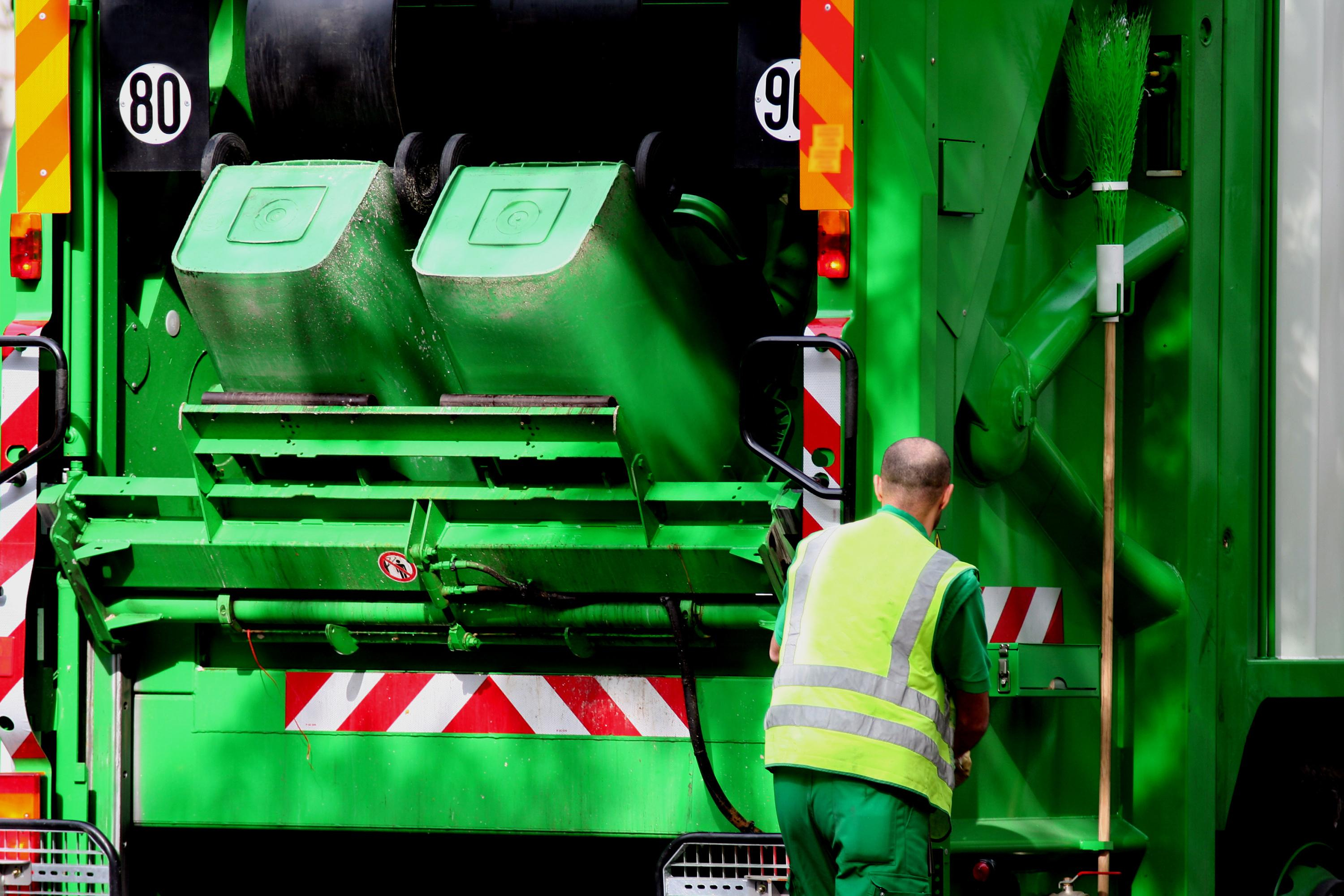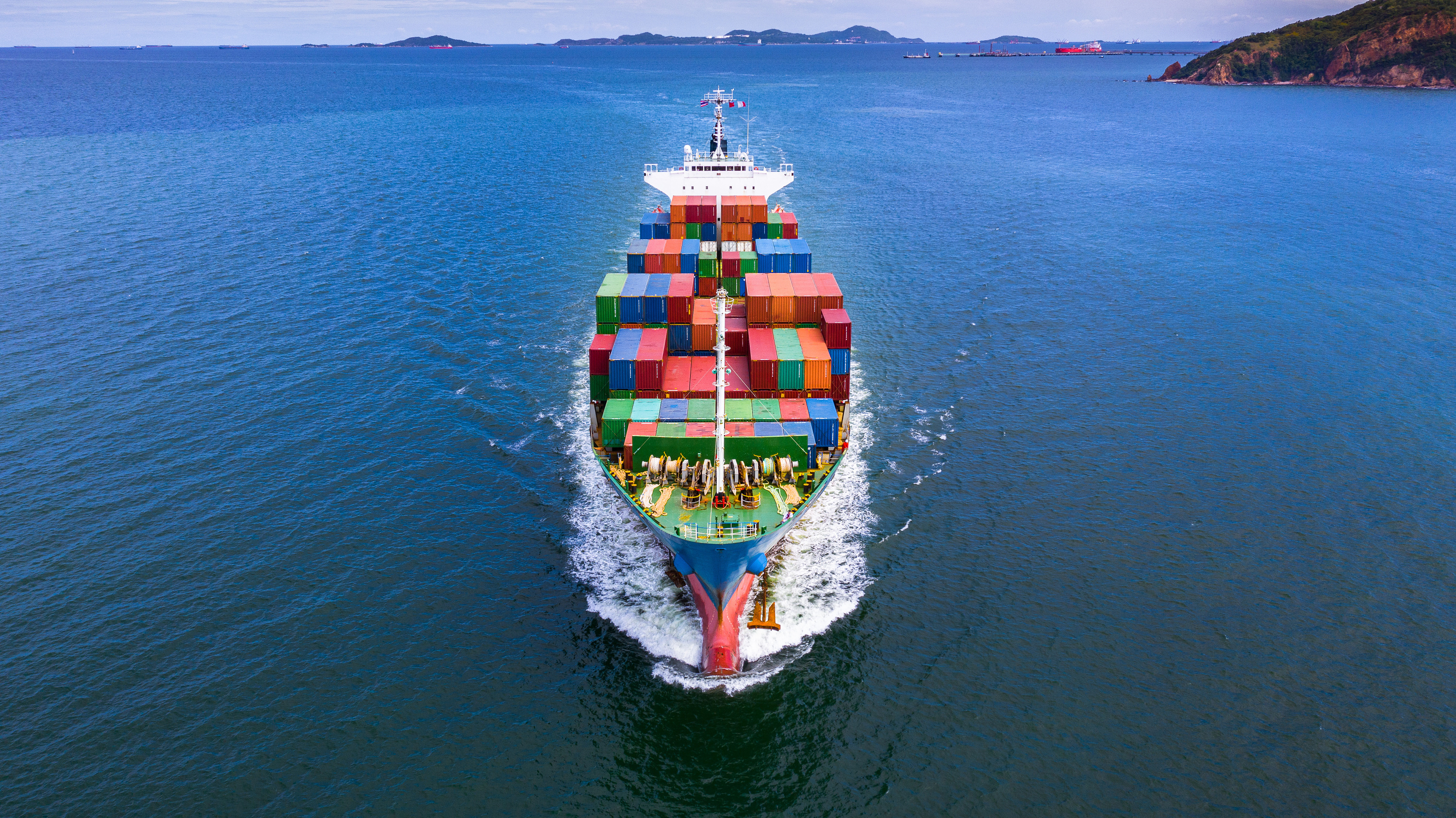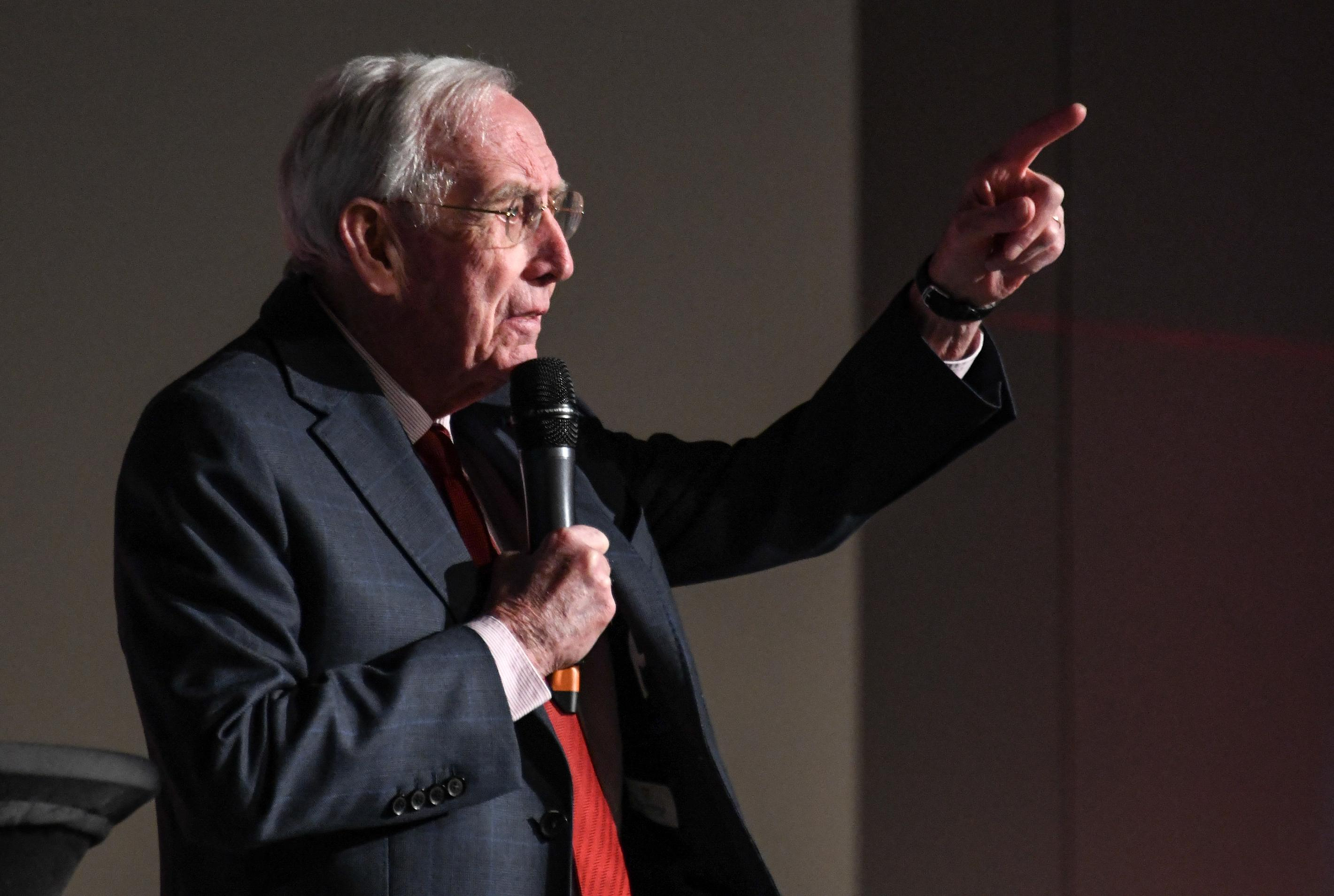The straight drive from the airport through Hezbollah territory to the hotel in Beirut takes nine minutes. Art collector Tony Salamé had his guest man-marked, and it was only a few minutes from the plane through the controls to the car. The Lebanese entrepreneur wants to make sure that you arrive undisturbed. Now that he has planned everything in detail: the rebirth of Beirut and its Aïshti Foundation, for which the luxury brand retailer had star architect David Adayje erect a building in 2015.
What is commonly thought of as a “foundation” turns out to be a bit more commercial here. The building is a multi-storey shopping mall with sea views, where he shows his collection of international artists in an impressively spacious wing: "Dark Light - Realism in the Age of Post-Truths" is the name of the new exhibition, for which the renowned curator Massimiliano Gioni got his good name has given, so that others dare to go to Beirut. By no means a matter of course.
What Salamé could not have foreseen in 2015: the short peace break for war-torn Lebanon ended that year. Ex-President Rafiq al-Hariri was assassinated, and the Cedar Revolution resisted Syrian influence. And when everyone thought it couldn't go any further down, on August 4, 2020, 2750 tons of ammonium nitrate exploded in the city's port, like a "nuclear bomb," as some citizens here call it; around 200 people died and 6000 were injured, 200,000 lost their homes.
Many newcomers, journalists, culture people, NGO employees lived in the quarter, lost more than faith in the country - and left. Lebanon has been without a president again since November 1st. The money is no longer worth anything, the banks are closed, the state has almost completely stopped supplying electricity, the generators are humming, although diesel is far too expensive and the air is toxic. Apocalypse.
And so you experience here what you only know in Europe from stories told by your grandparents: the man with the money drives up on his moped and brings 20 million Lebanese lira to the agreed place in a black plastic bag. The exchange for $500 doesn't take a minute, then it's gone again. So what does Tony Salamé want to show us? Does he want to prove that his city can handle everything we're supposed to believe in?
He does everything to make the much-cited “energy” in Beirut tangible. However, he also spent the time after the explosion and the pandemic in New York. Salamé has now invited a group of cosmopolitan money and art nobility, gallery owners from Paris to Lagos to New York, who will talk about their experiences with “whale watching” and discuss the slating of the Documenta in the “New York Times”. The three journalists are rather admired accessories.
The exhibition of the Salamé mascot Gioni quickly proves to be an attraction. The selection has little to do with Lebanon, but rather with the many problems of a saturated society, with discrimination and debates about identity. The pistol barrel on "Shooter1" by the American artist Nicole Eisenman, which is aimed mercilessly at the visitor - apparently wants to force him to the Last Judgment, cannot change that. So is this almost American museum cynical – or is it somehow healing in a country that is being crushed by the pressing problems around it, between Iran and Israel?
You have to get past the Aïshti Foundation to answer this question. The typical picture in the city, two years after the explosion, alternately shows a house with windows, one without. But in the midst of this hopelessness, the culture is thriving – financed by patriotic Lebanese like Salamé who have become wealthy abroad and have now returned. Not for the first time. One encounters a striking number of self-confident women entrepreneurs in the countless cafés and restaurants that only people with foreign currency can afford. But aid organizations and French cultural institutions are also more than loyal to Beirut. You hardly ever encounter German help. The waterfront is plastered with posters for literary festivals and art exhibitions. It's the weekend of the first Beyrouth Livres; If you walk down the Gouraud from the large Mohammed al-Amin Mosque on Martyrs' Square, you will encounter thoughtful cultural citizens who have no doubts that art and literature, film and music are important, even existential for women.
The destruction of the Sursock Museum was particularly dramatic: it was also officially opened in 2015 after a long restoration, and only the walls were still standing on August 4th. Not a single one of the colorful glass paintings on the facade remained intact, the dust of the explosion had crept up to the last page of the book. The new director Karina El Helou leads through the damaged building. She took over the museum after her predecessor left the country and firmly believes in reopening in 2023, taking plenty of time for the tour - and a trip down memory lane. In every movement you can feel the will to show how magnificent everything was here and how crucial the reconstruction is for the processing of this so incomprehensible trauma.
Almost everyone we meet in Beirut these days has one experience in common: the explosion. And it seems like it was yesterday. Whether it's Tony Salamé's wealthy interior designer and acquaintance, or the waitress at the hotel, everyone holds their breath and chokes back tears at the subject, then talks about those 8, 20, 30 seconds as the world around them went dark. That's how it sounds with the gallery owner, the restorer, the museum director or the stand-up paddle hirer Anthony.
They ask each other how long or how short it felt before the windows burst and houses were ripped away. They tell how the war-experienced Lebanese took cover and the Europeans stood rooted to the spot. Who owes whom their life. And how to survive at all. Anthony has left Beirut and opened a paddle rental business in Batroun. "Everything that comes in now, we invest immediately," he says. And that's probably the only certainty here in Beirut: what goes in has to come out. That creates movement. But the social gap is widening and is taking on frightening proportions even for the Lebanese.
Nevertheless, Tony Salamé celebrated the opening of his exhibition with well over a hundred guests, many of whom live on estates in the mountains. It was like the party on the "Titanic", except that you don't look over the parapet into the sea, but into a dystopian city. The truth is so black and white.
An employee of the German-Lebanese gallery Sfeir-Semler, whose rooms were almost completely destroyed, says that the Iraqi artist Ania Soliman lived in the gallery's artist apartment. From then on, one of her defining motifs was thick bundles of lira bills, apparently drawn with a trembling hand. What seems superficial is essential here. A small bag of peanuts costs 400,000 Lebanese lira. If you convert that officially, you end up with 300 dollars. That's ten dollars on the black market.
The trip was supported by the Aïshti Foundation in Beirut. You can find our standards of transparency and journalistic independence at go2.as/independence

 Poland, big winner of European enlargement
Poland, big winner of European enlargement In Israel, step-by-step negotiations for a ceasefire in the Gaza Strip
In Israel, step-by-step negotiations for a ceasefire in the Gaza Strip BBVA ADRs fall almost 2% on Wall Street
BBVA ADRs fall almost 2% on Wall Street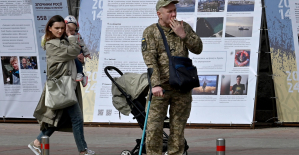 Ukraine has lost 10 million inhabitants since 2001... and could lose as many by 2050
Ukraine has lost 10 million inhabitants since 2001... and could lose as many by 2050 Sánchez cancels his agenda and considers resigning: "I need to stop and reflect"
Sánchez cancels his agenda and considers resigning: "I need to stop and reflect" The Federal Committee of the PSOE interrupts the event to take to the streets with the militants
The Federal Committee of the PSOE interrupts the event to take to the streets with the militants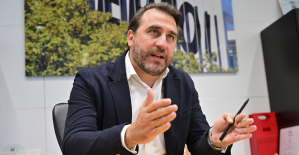 Repsol: "We want to lead generative AI to guarantee its benefits and avoid risks"
Repsol: "We want to lead generative AI to guarantee its benefits and avoid risks"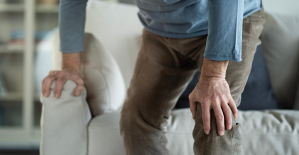 Osteoarthritis: an innovation to improve its management
Osteoarthritis: an innovation to improve its management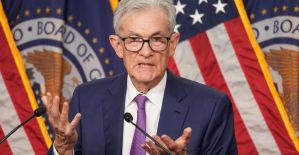 The Fed maintains its rates in the face of “lack of progress” on the inflation front
The Fed maintains its rates in the face of “lack of progress” on the inflation front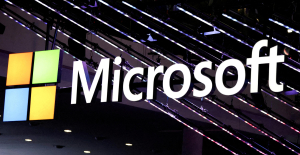 Microsoft announces investment of 2.05 billion euros in AI and cloud in Malaysia
Microsoft announces investment of 2.05 billion euros in AI and cloud in Malaysia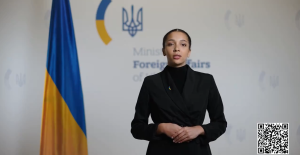 Ukraine gets a spokesperson generated by artificial intelligence
Ukraine gets a spokesperson generated by artificial intelligence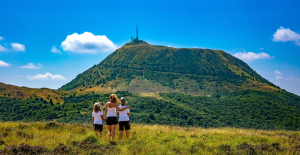 The French will take advantage of the May bridges to explore France
The French will take advantage of the May bridges to explore France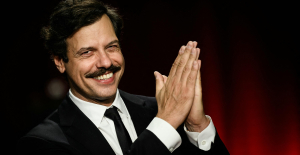 Actor Laurent Lafitte leaves the Comédie-Française
Actor Laurent Lafitte leaves the Comédie-Française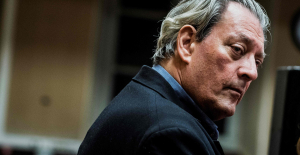 Death of Paul Auster: Actes Sud says he is “lucky” to have been his publisher in France
Death of Paul Auster: Actes Sud says he is “lucky” to have been his publisher in France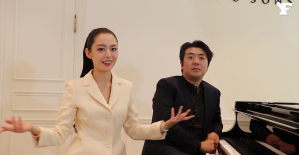 Lang Lang, the most French of Chinese pianists
Lang Lang, the most French of Chinese pianists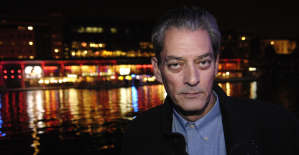 Author of the “New York Trilogy”, American novelist Paul Auster has died at the age of 77
Author of the “New York Trilogy”, American novelist Paul Auster has died at the age of 77 Omoda 7, another Chinese car that could be manufactured in Spain
Omoda 7, another Chinese car that could be manufactured in Spain BYD chooses CA Auto Bank as financial partner in Spain
BYD chooses CA Auto Bank as financial partner in Spain Tesla and Baidu sign key agreement to boost development of autonomous driving
Tesla and Baidu sign key agreement to boost development of autonomous driving Skoda Kodiaq 2024: a 'beast' plug-in hybrid SUV
Skoda Kodiaq 2024: a 'beast' plug-in hybrid SUV The home mortgage firm rises 3.8% in February and the average interest moderates to 3.33%
The home mortgage firm rises 3.8% in February and the average interest moderates to 3.33% This is how housing prices have changed in Spain in the last decade
This is how housing prices have changed in Spain in the last decade The home mortgage firm drops 10% in January and interest soars to 3.46%
The home mortgage firm drops 10% in January and interest soars to 3.46% The jewel of the Rocío de Nagüeles urbanization: a dream villa in Marbella
The jewel of the Rocío de Nagüeles urbanization: a dream villa in Marbella Europeans: a senior official on the National Rally list
Europeans: a senior official on the National Rally list Blockade of Sciences Po: the right denounces a “drift”, the government charges the rebels
Blockade of Sciences Po: the right denounces a “drift”, the government charges the rebels Even on a mission for NATO, the Charles-de-Gaulle remains under French control, Lecornu responds to Mélenchon
Even on a mission for NATO, the Charles-de-Gaulle remains under French control, Lecornu responds to Mélenchon “Deadly Europe”, “economic decline”, immigration… What to remember from Emmanuel Macron’s speech at the Sorbonne
“Deadly Europe”, “economic decline”, immigration… What to remember from Emmanuel Macron’s speech at the Sorbonne These French cities that will boycott the World Cup in Qatar
These French cities that will boycott the World Cup in Qatar NBA: Boston will see the semi-finals, the Clippers one step away from elimination
NBA: Boston will see the semi-finals, the Clippers one step away from elimination Paris 2024 Olympic Games: “It would have been an incredible honor”, Rudy Gobert will ultimately not be flag bearer
Paris 2024 Olympic Games: “It would have been an incredible honor”, Rudy Gobert will ultimately not be flag bearer Champions League: Dortmund coach praises Jadon Sancho, author of a great performance against PSG
Champions League: Dortmund coach praises Jadon Sancho, author of a great performance against PSG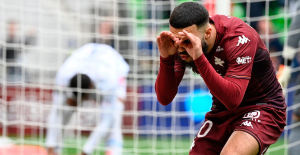 Football: a goal from Georges Mikautadze broadcast...in Times Square
Football: a goal from Georges Mikautadze broadcast...in Times Square




